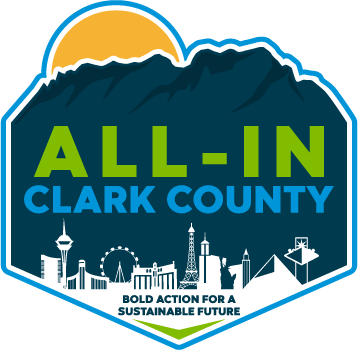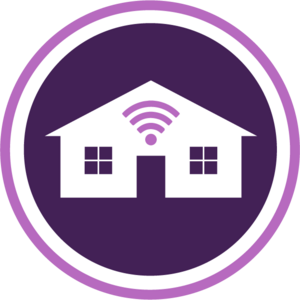Taking Action
Meeting Green Building Standards
Clark County is already making strides towards clean and efficient buildings. Did you know that 348 buildings in the County have earned LEED certification since 2009? LEED stands for Leadership in Energy & Environmental Design and is a common green building standard that provides a framework for healthy, efficient, carbon, and cost-saving green buildings.
Leading by Example
Making Energy Upgrades Affordable
Sometimes, efficiency measures can have big up-front costs that prevent building owners from taking action. To solve this, the Cities of Las Vegas and Henderson created Energy Improvement Districts to allow commercial, industrial, and multifamily building owners to pay for energy efficiency and renewable energy through a Property Assessed Clean Energy (PACE) program. PACE allows building owners to make energy upgrades without big up-front costs or loans and pay for the upgrades over a long period of time. Clark County is also developing a PACE program. These programs can serve as a model for other jurisdictions looking to promote creative financing mechanisms for energy projects.
Leading by Example
Energy Management
It's difficult to reduce energy use without knowledge of what's using the most energy. That's why Clark County started using a platform called EnergyCAP in 2021, a comprehensive energy management system that gives the County insight into its buildings’ energy use. Dashboards display energy use by location to help staff track and conserve energy and reduce emissions.
Our Pathway to Smart & Sustainable Development
Explore the goals, strategies, and actions in the All-In Community Plan. Use the dropdown table to see the progress we've made towards implementing each action!
| Action | Description | Status |
1.1.A | Establish and provide technical assistance for a commercial and public building benchmarking and disclosure ordinance for buildings 100,000 sq ft and larger. | |
1.1.B | Establish a residential home labeling program. | |
1.1.C | Launch a County-wide deep energy retrofit program leveraging a stacking funding mechanism, prioritizing inefficient and low-income neighborhoods. |
| Action | Description | Status |
1.2.A | Advocate for legislation to establish automatic adoption of updated IECC codes and create an enforceable time limit for subsequent local adoption. | |
1.2.B | Establish readiness building code requirements to allow for rooftop solar, energy storage, electric HVAC and appliances, and electric vehicle charging at commercial and residential buildings. |
| Action | Description | Status |
2.1.A | Create zoning and incentives to prioritize infill, mixed use, higher-density, and transit-oriented development. | |
2.1.B | Pilot alternative development demonstration projects that showcase diverse uses and housing types as well as best practices in efficiency and resilience. | |
2.2.B | Create and maintain standards for new development to facilitate more grid-interactive buildings. |
Are you All In?
Save money at home by conserving energy.
Support our community's transition to clean and efficient energy use by taking steps to use less energy in your home or business. Learn more and get started with these resources!


